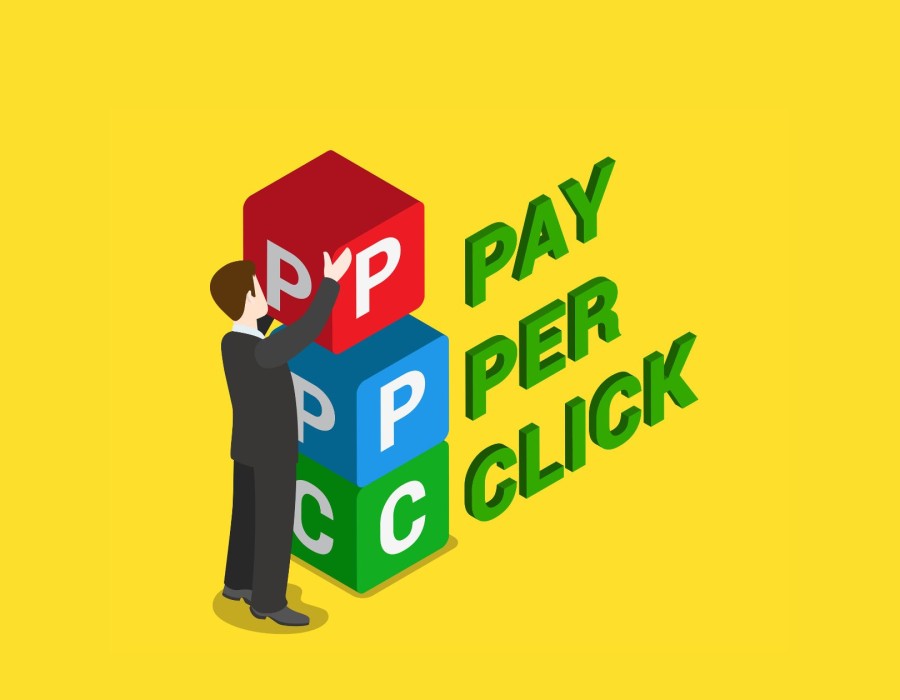In today’s digital-first marketplace, Pay-Per-Click (PPC) advertising is one of the most effective ways to drive targeted traffic and boost online sales for e-commerce businesses. With competition growing every day, simply running ads isn’t enough. You need smart strategies that deliver measurable results.
At Rankon Technologies, we help e-commerce brands design data-driven PPC campaigns that not only attract visitors but convert them into loyal customers. In this blog, we’ll explore the top PPC strategies for e-commerce success.
1. Optimize Product Listing Ads (PLAs)
Google Shopping Ads or Product Listing Ads are essential for e-commerce. They showcase product images, prices, and ratings right in the search results.
Tips:
- Ensure product titles and descriptions are keyword-rich.
- Use high-quality images.
- Include promotional offers and shipping details.
- Regularly update your product feed for accuracy.
2. Segment Campaigns by Product Category
Don’t lump all products into a single campaign. Segmenting by category (e.g., men’s shoes, women’s bags, accessories) allows for:
- Better targeting
- More control over budget allocation
- Easier performance analysis
Bonus Tip: You can also segment by brand or price range for deeper optimization.
3. Leverage Dynamic Remarketing
Dynamic remarketing shows ads to past website visitors, reminding them of the exact products they viewed.
Benefits:
- Higher CTR and conversion rates
- Personalized ad experience
- Helps recover abandoned carts
Tools: Google Ads and Facebook Dynamic Ads are ideal platforms.
4. Use High-Converting Landing Pages
Your ad may get the click, but it’s the landing page that seals the deal.
Best practices:
- Mobile-first design
- Fast page load speed
- Clear CTA (Call to Action)
- Trust signals (reviews, return policies, secure checkout badges)
5. Bid on Branded Keywords
Many businesses ignore their own brand keywords assuming they’ll rank organically. But bidding on branded terms:
- Protects against competitors targeting your brand
- Boosts visibility and CTR
- Increases conversion rates from warm audiences
6. Utilize Seasonal & Promotional Campaigns
Tailor your ads for special occasions—Diwali, Christmas, New Year, or end-of-season sales.
Quick wins:
- Use urgency-focused ad copy
- Add countdown timers on landing pages
- Offer limited-time discounts
7. A/B Test Your Ad Copy and Creatives
Test different:
- Headlines
- Descriptions
- Display URLs
- CTA buttons
- Images (for display/social ads)
Regular testing helps you identify what resonates most with your audience.
8. Implement Smart Bidding Strategies
Google’s automated bidding options like Target ROAS, Maximize Conversions, or Enhanced CPC use machine learning to optimize bids in real-time.
Note: Start with manual bidding, then gradually test smart bidding once you have enough conversion data.
9. Monitor and Adjust Negative Keywords
To avoid wasting ad spend on irrelevant searches, regularly update your negative keyword list. For example, if you sell luxury handbags, you might want to block terms like “cheap” or “free”.
10. Track Everything with Google Analytics & Conversion Tracking
Always measure the success of your campaigns. Use:
- Google Ads conversion tracking
- Google Analytics (with e-commerce tracking enabled)
- UTM parameters in URLs
Key Metrics to Monitor:
- ROAS (Return on Ad Spend)
- Cost per Conv
Final Thoughts
PPC for e-commerce is a powerful growth lever—if done right. At Rankon Technologies, we specialize in building ROI-focused PPC campaigns tailored to your product catalog, audience behavior, and market trends. Whether you’re launching a new store or scaling an existing one, our expert team is here to maximize your ad spend and drive real results.
Need help boosting your online sales through PPC?
📞 Contact Rankon Technologies today and let’s craft a strategy that converts!
Let me know if you want a meta title and description or social media captions for this post.





Comments